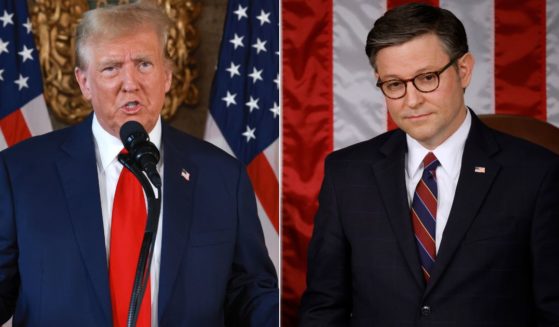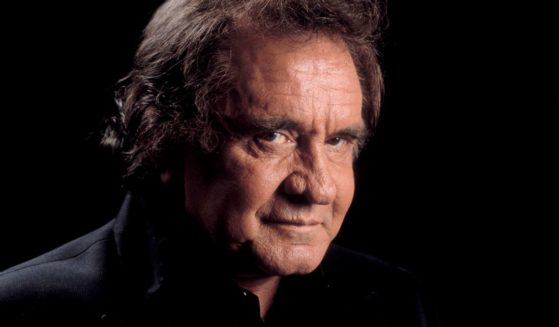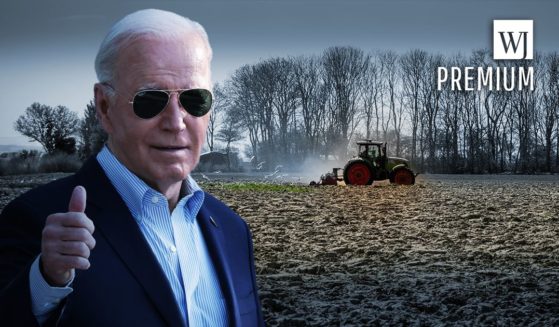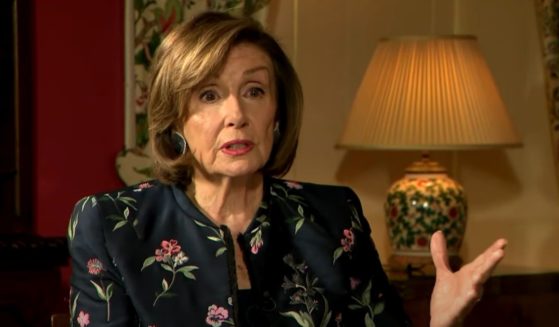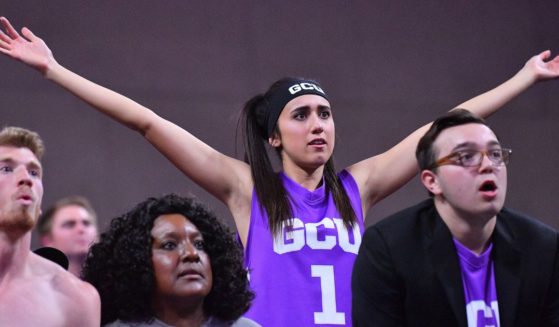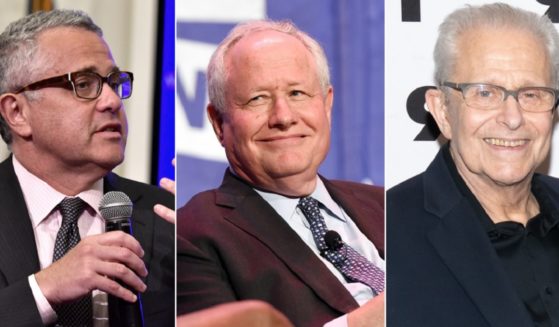Loophole in Biden's COVID Aid Bill Punishes Red States for Getting People Back to Work
President Joe Biden’s coronavirus relief plan would funnel more aid into mostly Democratic-run states with higher unemployment rates, while rural Midwestern and Southern states that tend to have Republican governors and better jobless numbers would benefit less.
The $1.9 trillion relief bill working its way through Congress has irked governors with lower jobless rates.
“You’re penalizing people who have done the right thing,” said Nebraska Gov. Pete Ricketts, a Republican whose state has reported the nation’s lowest unemployment rate over the last several months. “That’s not the way you want to approach any sort of government program.”
Ricketts is one of 22 governors — 21 Republicans and one Democrat — who have criticized the change in the pandemic relief proposal.
Under previous coronavirus packages signed by former President Donald Trump, aid was distributed by population.
If the new funding formula is approved, states including California, New York and New Jersey would each see a boost of more than $2 billion, while Iowa, Missouri, Nebraska and Ohio would all see aid reductions greater than $500 million. Georgia and Florida would see losses of more than $1.2 billion.
Many Republican-led states have pushed to keep people working during the pandemic, while Democratic states have shuttered business with tighter lockdown measures.
The White House defended Biden’s plan, saying it allocates money to areas where it will have the biggest impact.
“President Biden’s rescue plan is focused on quickly getting help to the people and communities that need it most,” Michael Gwin, director of White House rapid response, said.
Iowa State University economist David Swenson said the Biden administration’s approach makes sense because the states with the highest unemployment rates are generally the ones that relied more on industries battered by lockdowns, such as tourism.
“If proportionally more people are unemployed in Las Vegas and California and other places that are entertainment destinations, then it would make sense to send money to those places instead of Iowa and Nebraska,” Swenson said.
But critics argued that many of the hardest-hit states had higher jobless rates even before the pandemic began.
“Some states just have naturally lower unemployment rates,” Ernie Goss, an economist at Creighton University in Omaha, said. “That’s one of the problems with doing it that way.”
Goss said the unemployment rate is still an incomplete measure of any state’s economy, because it doesn’t count people who have stopped looking for work.
Ohio Republican Lt. Gov. Jon Husted said his state’s jobless numbers are likely unreliable because of massive unemployment fraud.
He said Ohio has made multiple efforts to return people to work, but the new relief plan would cost his state about $800 million in federal aid.
“Doing things that put people back to work actually are going to cost us relief dollars that the people who aren’t back to work actually need,” Husted said Monday. “We don’t feel that is a fair way to do this.”
Iowa Gov. Kim Reynolds, a Republican, said the funding plan “punishes states that took a measured approach to the pandemic and entered the crisis with healthy state budgets and strong economies.”
Arkansas Gov. Asa Hutchinson, a Republican who vice chairs the National Governors Association, last month raised concerns about using unemployment rates to determine the amount of federal aid states receive when he and other governors met with Biden.
“That’s really a disincentive for economic growth and people working,” Hutchinson told The Associated Press after the meeting.
The Western Journal has reviewed this Associated Press story and may have altered it prior to publication to ensure that it meets our editorial standards.
Truth and Accuracy
We are committed to truth and accuracy in all of our journalism. Read our editorial standards.


